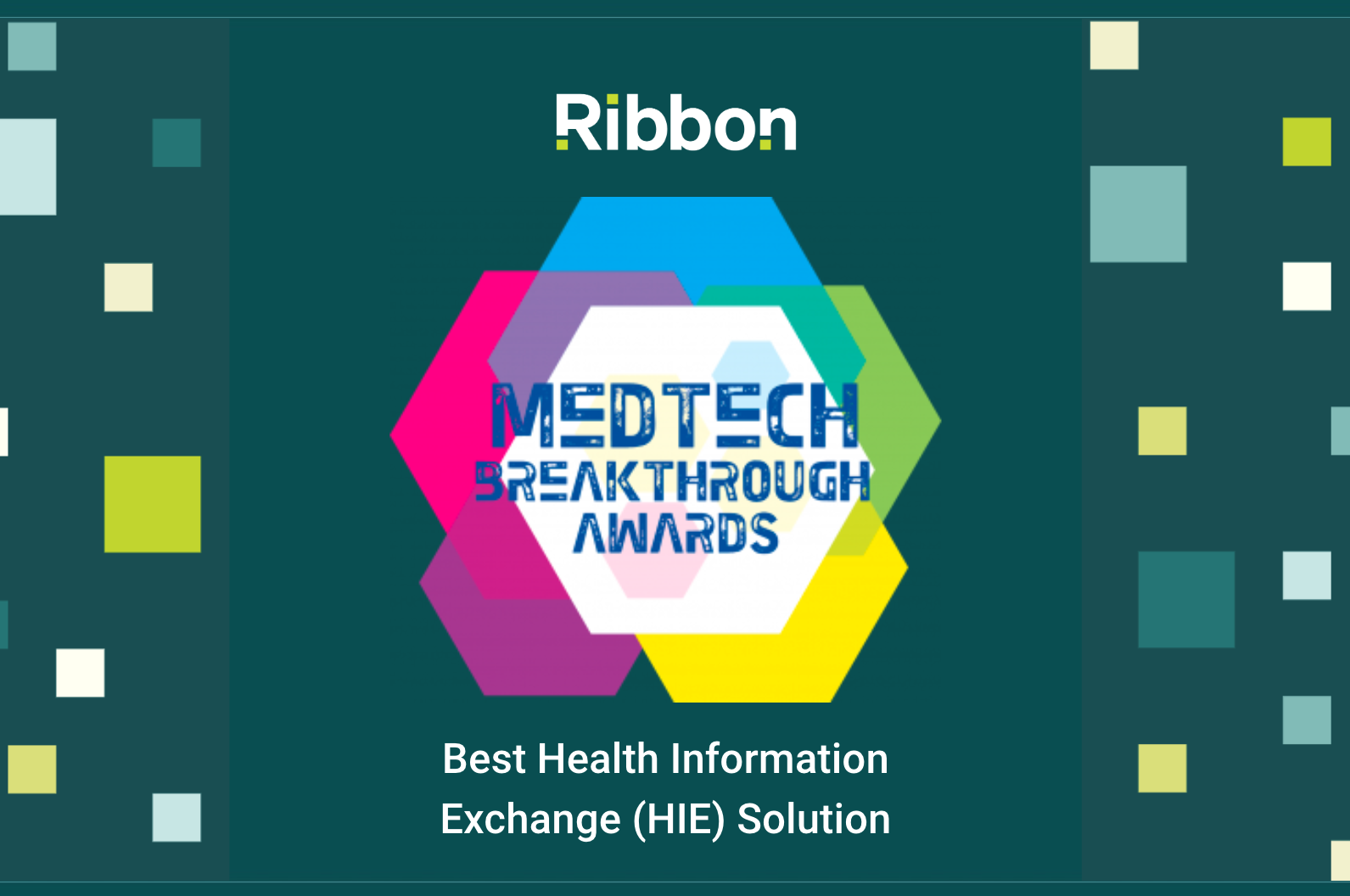How do you solve a problem like provider data? Part 2: Locations

Have you ever spent too much time finding healthcare?
My friend told me this clinic is great, but I can’t tell if they actually take my insurance plan.
Where and when can I see my doctor in person? Which one of these seven addresses is the right one?
Does that physical therapy practice still exist? Or did they just change their name?
What’s the right number to call to reach the right department?
When you’re sick and searching for care, these aren’t the problems that you want to be solving. Doing so can involve hours of scrolling, clicking, and calling.
No “single source of truth”
Many organizations would like to help consumers find providers and facilities more efficiently. But the underlying data related to location and facility information is convoluted, out-of-date, and often wrong.
When the Centers for Medicare and Medicaid Services (CMS) audited provider directories for Medicare Advantage plans, 49 percent of provider locations had at least one inaccuracy. A study by Ribbon Health showed that provider directories for individual exchange plans are less than 50 percent accurate.
Consumers who are at their most vulnerable are encountering information that’s not trustworthy. This unreliable data reflects a complicated, fast-changing health system, where data accuracy doesn’t have a clear owner.
A tangled web
Every healthcare provider in the U.S. who is covered by HIPAA or bills CMS must obtain a National Provider Identifier (NPI). This includes individual healthcare providers such as physicians, chiropractors, dentists, pharmacists, physical therapists, and nurses who bill for the care they provide.
To obtain an NPI number, providers are initially required to list their primary practice location. Growing numbers of providers are practicing at multiple locations, rather than being affiliated with a single office. Updating this information becomes the provider’s responsibility, a complicated task that’s easy to overlook, given the many demands on providers’ time. Provider information tied to an NPI can quickly become outdated and incomplete.
Meanwhile, locations such as physical therapy or dialysis clinics—we’ll call these “facilities”—add another layer of complexity. Each facility is also assigned an NPI number (a Type 2 NPI), but the facilities landscape is constantly changing. There’s a proliferation of healthcare mergers and acquisitions, permanent closures, and physicians forming specialty hospitals and clinics. You may have noticed these confusing names when looking up facilities online or on your health plan’s website.
Suppose you’re helping your dad find a cardiologist. Should you call the Pulse Heart Institute – Shady Grove or the Memorial Hospital Pulse Heart Institute? It’s hard to tell where to start.
Consumers, providers, and care navigators alike have to untangle puzzling data and spend time and energy connecting information on providers and facilities.
Ribbon Health can untangle data
Provider organizations, health plans, and digital health companies regularly reach out to Ribbon Health for help. Many are fed up with the status quo struggling to fix these data problems for years.
Ribbon identifies the most accurate, comprehensive provider information in the industry. We combine proprietary validated data sources and aggregate thousands of additional sources. Then, we use machine learning models to normalize and find the correct data in a sea of noise. A vital piece of this is connecting the “who” with the “where” of provider data.
We make it clear who the provider is, where they are practicing, and how facilities relate to each other. We resolve location information to their right names and correct locations, affiliations across service locations, location types, affiliated providers, facility NPIs, and much more. We shed light on the reverse situation as well, helping you—and your patients—to drill down from facility name to individual providers.
This clarity supports a better experience for healthcare consumers and those helping patients navigate care.
But there’s more to the data story. In the next blog, explore how Ribbon tackles one of the major information challenges of the healthcare industry: insurance networks.
Read more about our company and culture

Ribbon Health Named 2023 MedTech Breakthrough Award Winner

Fierce Healthcare names Ribbon Health as one of its 2023 “Fierce 15” companies






.png)